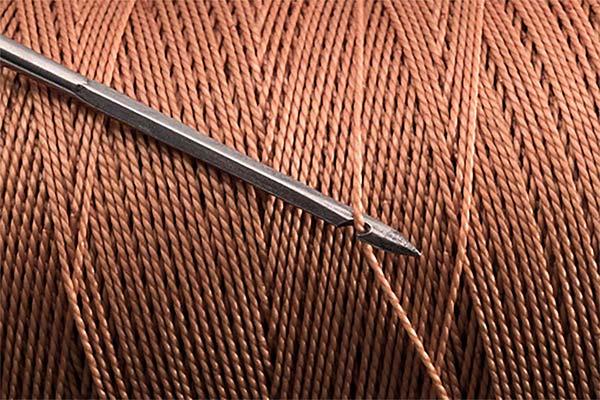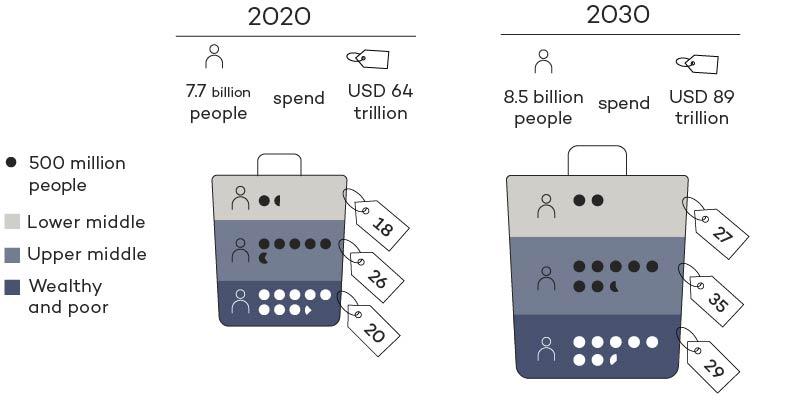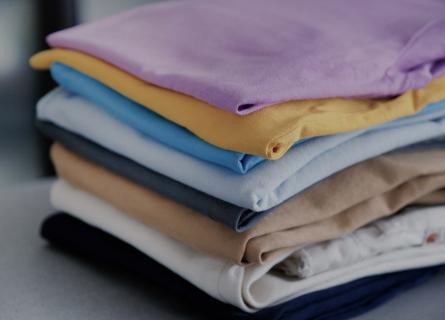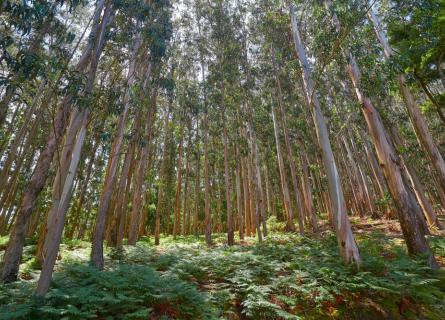
Mind the gap
Disruptive innovations and The Innovator's Dilemma
It has been 25 years since the late Harvard Business School Professor Clayton Christensen introduced the world to the theory of “disruptive innovation” in his most well-known and highly respected book, The Innovator’s Dilemma. In his book, Christensen asked the question: "Why do well-managed companies fail?"
Through thorough analysis, Christensen concluded that these companies often fail because the very management practices that have allowed them to become industry leaders have also made it tremendously difficult for them to develop the disruptive innovations that ultimately steal away their markets.
Considering the immense interest as well as R&D and investment activities currently taking place in the field of textile fibres, we wondered: Is this market already under attack by disruptive innovation or is it still standing on the cusp?
Customer demand and product performance trajectories
In any market, customers can be segmented into three distinct groups: the low-end, the mainstream, and the high-end. Naturally, high-end customers demand higher-performing products and are willing to pay higher prices. A company predominantly serving these customers can expect higher profits.
Following good management practices, an incumbent within a given market will continuously improve its product performance based on its customer requests, thereby following a “sustaining trajectory”. This company will aggressively invest in innovations that facilitate superior product performance and will target larger and larger markets, and seek higher and higher margins to match its growth ambitions. However, in doing so, the incumbent risks exceeding the needs of many mainstream customers and particularly low-end customers, resulting in a “gap” that needs to be filled.

Positioning of wood-based and novel textile fibres
Speaking about gaps – when originally introduced into the market, wood-based textile fibres, and in this case, specifically referring to viscose fibres, were positioned as a substitute for cotton to close the growing “cellulose gap”. We have since seen significant improvements in the environmental performance of the viscose process, and we are in the midst of witnessing the commercialisation of the lyocell process, which, unlike the viscose process, does not use harmful chemicals such as carbon disulphide (CS2). There has also been a gradual shift in raw material usage where an increasing proportion of pre- or post-consumer textile waste has been incorporated into these fibres.
These innovations have emerged in response to more environmentally conscious consumers, regulatory requirements, and the push towards circular economy and resource efficiency. We have also seen that some incumbents have positioned themselves to primarily serve high-end customers, offering “premium”, “niche” or “specialised” products as they forge ahead as industry leaders.
In recent years, we have also been witnessing the unprecedented development of novel textile fibres, hinting that disruption in this market could indeed be imminent. However, up until now, the primary challenge for commercialising most of these innovations has been viewed as a technological one, i.e. improving the textile fibre qualities to suit the requirements of the known markets.
This approach is unfortunately time and capital intensive and, as with any innovation, the possibility of failure inevitably exists. So, what if the primary challenge was reframed to a marketing one instead? According to the disruptive innovation theory, the companies that have been the most successful in commercialising a disruptive innovation either built or found markets where their products' current (lower) performance was valued. They established a commercial base and then started to move upmarket (following a “disruptive” trajectory) to ultimately address mainstream customers. According to Christensen, this approach is more effective than that used by those companies that frame the challenge as a technological one.
In the world of business, discretion is paramount for value creation. So, one has to wonder: What approach will be used by the successful disruptive innovator(s) that will shake up the textile fibre market? And, will these innovations be in your portfolio or your competitors'?

Bracing for impact
Disruptive innovation can happen in any industry and, as a member of your company’s management team, one of your tasks is likely to spot and take advantage of these opportunities before they impact your bottom line.
We at AFRY Management Consulting help our clients to identify and assess internal and external growth opportunities and formulate innovation strategies and management systems tailored to their needs. We are constantly in discussion with various players along the textile value chain. This, paired with our long-standing industry presence, in-house engineering expertise and global reach allow us to provide our clients with unparalleled advice in every assignment.
Final food for thought
The latest projections by the United Nations suggest that the world’s population could grow from 7.7 billion people in 2020 to 8.5 billion people by 2030. During this time, the proportion of middle-class citizens is set to increase at the fastest rate, growing from approximately 3.9 billion to over 5.3 billion people. The vast majority of the next billion people entering the middle class will come from Asia, particularly from India and China.
The middle class is already the largest spending group, accounting for more than two-thirds of global spending, and by 2030, this group is expected to further increase its spending by USD 18 trillion. Although the upper middle class and wealthy elite will lead in consumption per capita, the largest overall spenders will be in the lower middle class – those earning 11 to 50 USD/day.

Unavoidably, the increasing world population will put additional strain on our environment as the demand for food and other necessities, including clothing, will increase. Closing the cellulose gap with affordable fibres produced in a sustainable manner will thus be essential in securing the future for generations to come.







